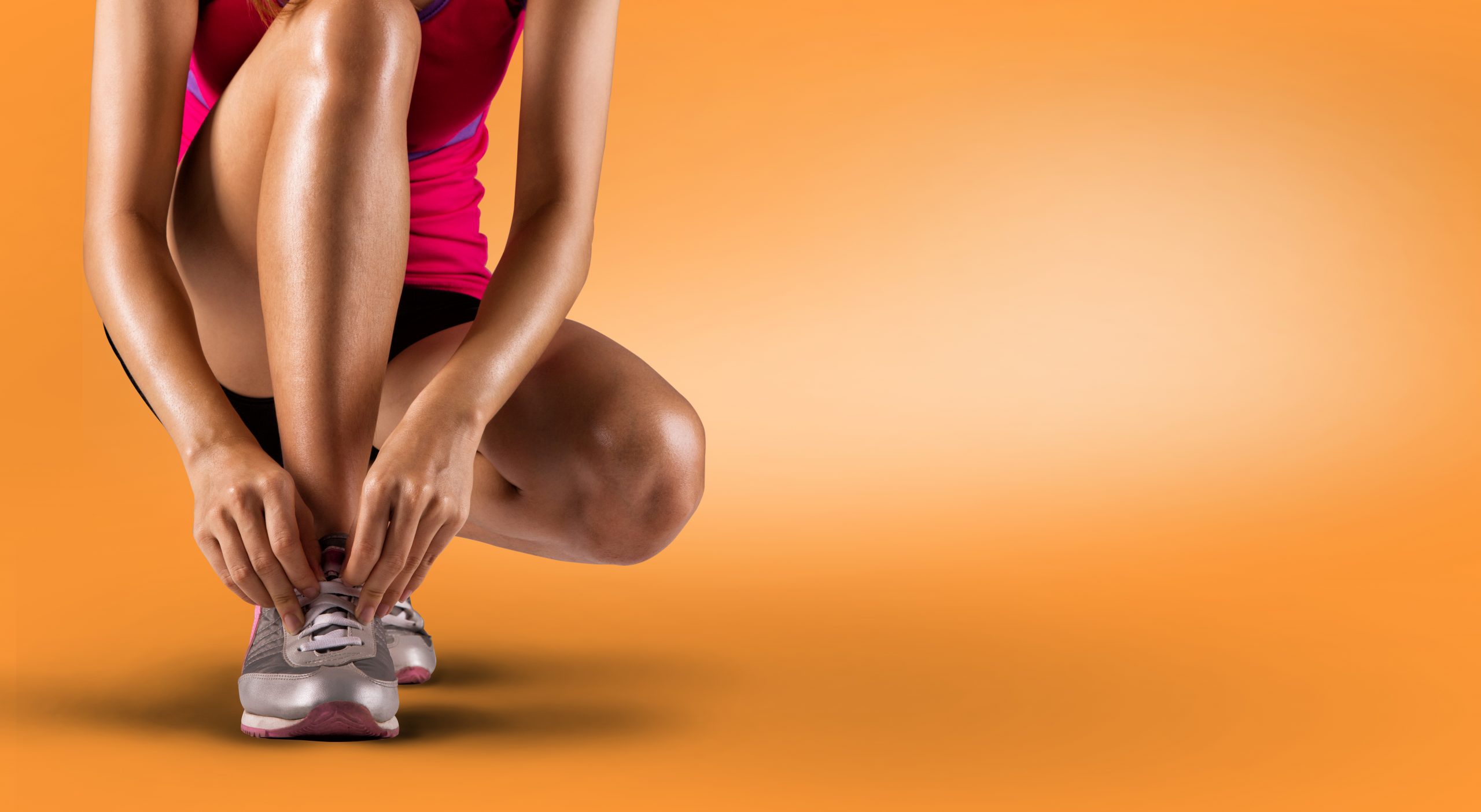Last Updated on October 31, 2022 by admin
Choosing the right running shoes can be challenging. You want to make sure that you get shoes that won’t hinder your performance and will last in the long run. Furthermore, you don’t want to be saddled with blisters or heel pain after a quick run.
While it can be difficult to know what to look for when choosing running shoes that will suit your needs, it’s not impossible!
Why the Right Shoe Matters
It might sound like a no-brainer, but choosing the wrong shoe can drastically affect your performance during a run. Shoes that are too small, too big, too tight, don’t have a good grip, or are too rigid could make or break your running experience.
Additionally, shoes with no cushion, breathability, or stability could result in an injury.
It’s essential that your shoe fits and performs as best as possible to maximize the rewards of your runs.
Check the Size
The size of your shoe is perhaps one of the most crucial factors to consider. If your shoe is too small, you will not feel comfortable during your run and will likely experience blisters and soreness. Likewise, if your shoe is too big, you will not be able to run with assuredness because your stability and balance will be off-centered.
When checking shoe size, it’s best to try on your new running shoes in-store before you purchase. This is because sizes can differ between companies. Nike may host a size eight that fits you perfectly, but the Adidas size eight could be too small.
Many shoe companies also suggest that you try on shoes after a full day of walking. Trying on shoes first thing in the morning may prove to showcase an incorrect size because you haven’t been on your feet much. By the end of the day or late afternoon, your feet are swollen, in a sense, and are at their maximum size. This allows you to choose a shoe that will not end up being too small later when you decide to go on a run.
Look for Flexibility
Flexibility in a shoe is especially crucial for runners. The space in your shoe where your toes and the ball of your foot rest must be flexible enough to bend. When holding the shoe in your hands, push the front back to test the flexibility.
A flexible shoe front will allow for better mobility when running. There will be less strain on the front of your foot as your feet hit the ground and then rotate up into the air once more.
Additionally, checking the flexibility of the middle of the shoe is excellent for ensuring that there is enough “bounce” when running. The foot naturally bends as you run to offer the best support and stability. A flexible shoe will work with your foot’s natural tendencies and will make maneuvering during a run painless and simple.
Toe Spring
As mentioned above, the shoe needs to provide room for your foot’s natural “bounce.” Toe spring is a term used in choosing running shoes that refers to an upward curvature of the front of a running shoe. This upward curve at the toe makes it easier for a runner to move without extra strain on the foot. Flexibility and toe spring go hand in hand, and it’s essential to choose a running shoe that provides both.
Heel Cushion
Heel pain is a common issue in runners. Being on your feet for long periods, lack of proper stretches, and the constant pressure on the heel of your foot can cause unwanted pain. Many running shoes today are built with this in mind and offer padding at the heel.
This padding absorbs the shock placed on the heel when your foot hits the ground while you’re running. It allows for ease of movement and prevents injury in your heels.
Choosing the right heel cushion will be based on a matter of trial and error. There are several different types of heel supports placed in running shoes, and each is designed with a different need in mind. Some shoes have more sturdy and rounded padding, while others are softer and spongy.
Aim for the Right Grip
The grooves on the bottoms of your shoes will determine their grip. Runners should choose shoes with a good grip to prevent slipping or injury. Not all grip is the same, and each type is made for a specific purpose in mind.
Off-Road
Off-road treads and grip often include deep studs that can range from 5-10mm in length. These are best for running on soft, permeable ground like mud, dirt, and loose gravel.
Fell
Fell tread is also known as cross-country spikes and is a common grip used by cross-country runners. This grip is best for tougher ground and works on all types of surfaces. The spacing between the spikes ensures that rocks and pebbles don’t get stuck in the bottom of the shoe.
Trail
Trail grip is one of the most common treads in athletic shoes today. It’s characterized by flat, deep treads that are less separated than fell grip and flatter than off-road. Trail grip is excellent for a wide range of firm surfaces from roads, to trails, to rocks.
Door to Trail
Similar to trail grip, door-to-trail treads are flatter than studs and more compact. The way trail and door-to-trail differ is that door-to-trail grip includes sharper ridges and teeth which allows for more grip and stability on a multitude of terrains.
Road Shoe
Road-shoe is not the best tread for running shoes, and are hardly considered grip at all. These shoes are characterized by their near-flat bottoms. When choosing a running shoe, try to avoid these treads as they’ll result in slipping.
Final Thoughts
When selecting the right running shoe, you want to consider tread, size, and flexibility. Be sure that whatever shoe you choose, you know it fits and that it includes the proper mechanics for your needs.

